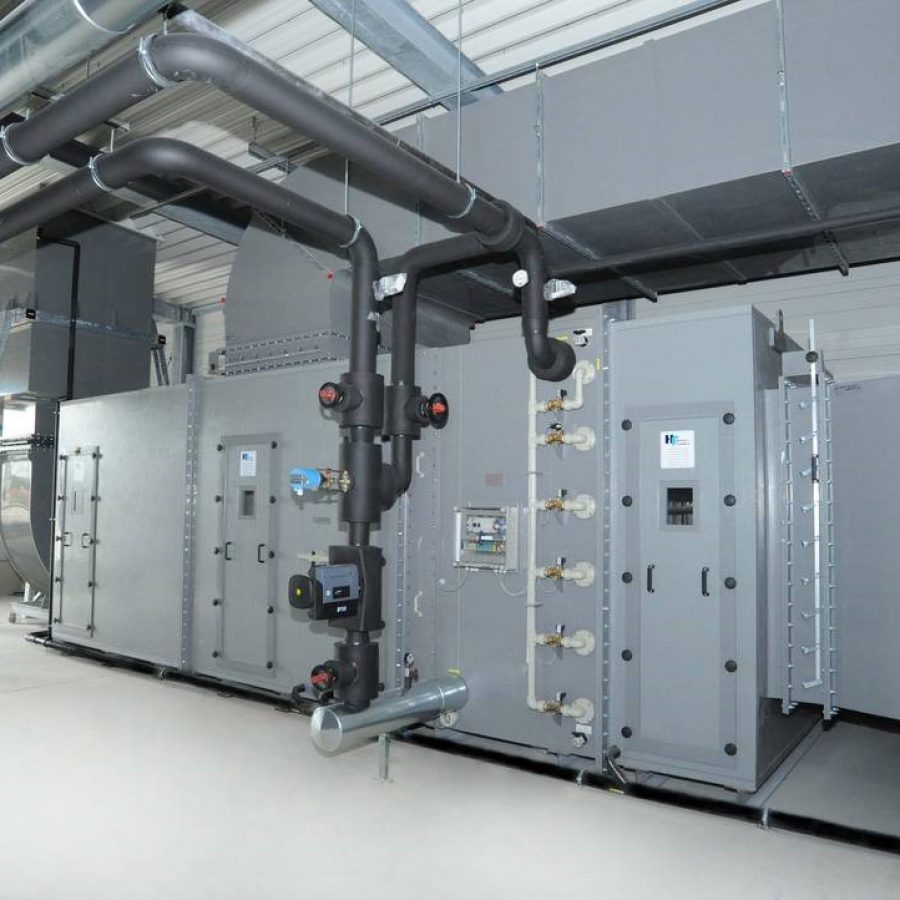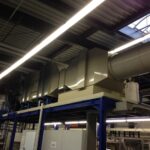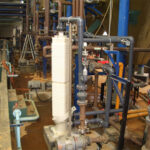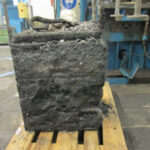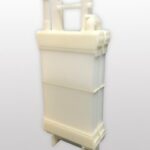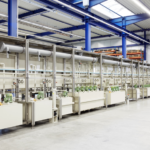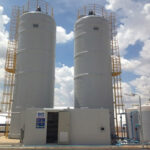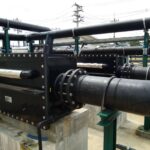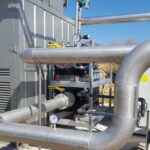Case study no. 2: KVS laboratory building
Initial situation
Modern and regulation-compliant ventilation systems in ventilation technology require a heat recovery system (HRV system) in order to utilize the waste heat from the extracted exhaust air. Circulation systems (CCS) are the heat recovery system of choice for ventilation systems whose air flows must be treated one hundred percent separately.
The heat contained in one air flow is transferred indirectly to the other air flow via a liquid medium and the supply and exhaust air heat exchangers can be positioned completely separate from each other. In a laboratory building, absolute separation of the supply and extract air flows is required to reliably prevent the transfer of toxic and often corrosive chemicals into the supply air.
Task
Standard air/water heat exchangers cannot permanently withstand the chemical attack and lead to premature failure of the system. A fully and permanently corrosion-resistant heat exchanger is designed to dissipate the heat from the exhaust air. Due to the changing laboratory operation, the type and concentration of the chemicals and reaction products can hardly be determined with certainty and the heat exchanger must therefore be able to withstand any chemical attack.
Solution
The Calorplast gas-liquid heat exchanger made of solid plastic for cooling/heating aggressive gas flows consists of series-produced, replaceable modules with smooth tubes. All parts are made of high-performance plastics and are welded together without seals. The optimized pipe arrangement guarantees maximum performance.
Result
The WRG system can be operated for many years (up to several decades) without any problems and thus guarantees the planned amortization and the safety of the personnel.

Products:
The Calorplast gas/water heat exchanger made of solid plastic for cooling/heating.
Ventilation systems
